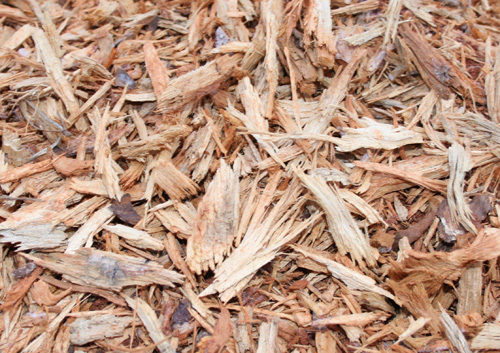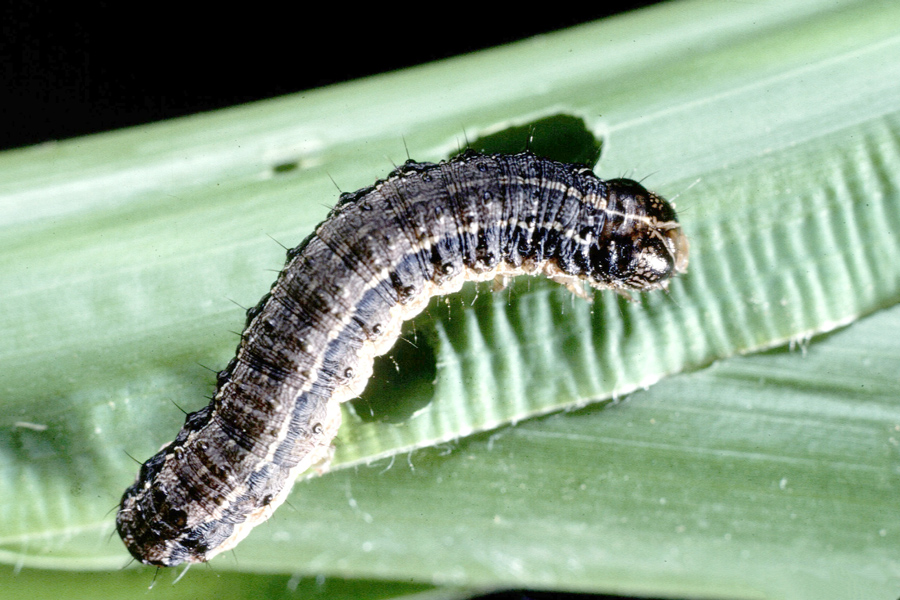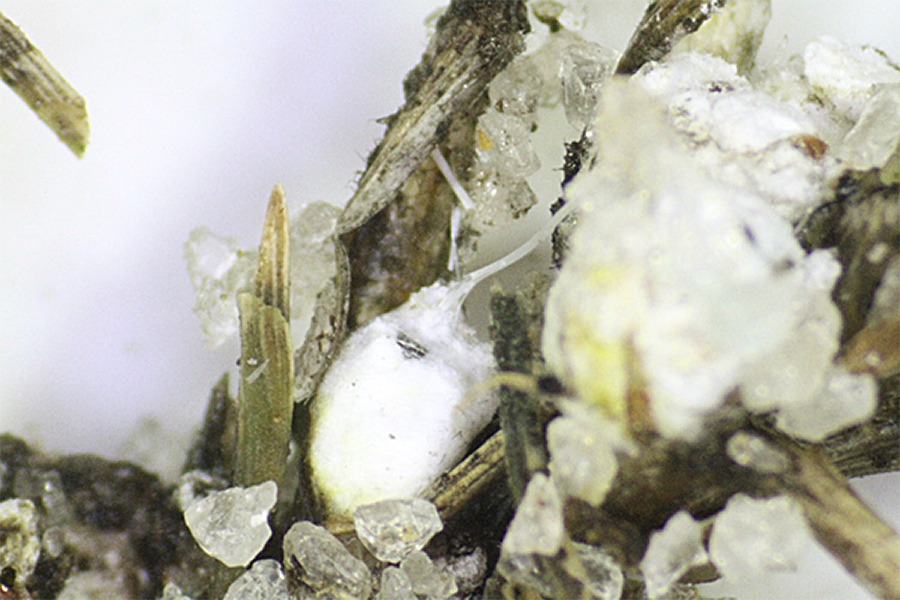Think like a plant. Would you like your feet strapped to a cage, your arms amputated, be buried alive in compost, smothered in mulch or drowned? To avoid some tree, shrub, flower and lawn problems, remember this Top 10 list:
1) Don’t leave burlap, straps, ropes or wire cages on newly planted tree or shrub root balls. Any material left on the root ball could restrict root growth and create a “pot-bound” root system. Also, remove all stakes, ties or tags to avoid girdling plant stems.
2) As a general rule, it is better not to use soil amendments than to use them incorrectly. Soil amendments or compost should never be backfilled into a planting hole with new trees or shrubs. Soil amendments act like a sponge and either stay too wet or too dry. Extreme changes in soil moisture can cause problems for plant roots. Soil amendments are better used over large planting areas, like vegetable gardens, by thoroughly mixing 2 to 3 inches of compost several inches deep.
3) Planting trees and shrubs too deep creates long-term, irreversible problems. When plants are buried too deep, there is potential for root rot, stem rot, bark cracking and disease. Prior to planting, find and expose the root flare, or where the first set of major roots meets the stem. The root flare should be level with the grade around the planting hole or slightly higher for plants like azaleas that need well-drained roots. A firm foundation of soil under larger trees will ensure they don’t settle after planting.
4) Know your plants and their needs. Find out how tall and wide the plant will be and plant it in a spot that allows enough room for it to reach its mature size. Plants placed too close will eventually shade each other out, compete for water and nutrients and diseases will spread more quickly between them.
5) Read and follow the label before using any chemical or pesticide. This rule applies to organic or natural products, too. All chemicals have the potential to cause damage if applied at the wrong rate, time or in the wrong place. Also, follow safety precautions. Make sure your lawn type or plant is listed on the label. Consider all other alternatives before applying a pesticide.
6) Trees should never be topped. This destroys the branching control and shape. Improper pruning and topping often leads to branches dying and shortens the tree’s life. Trees that may need topping are those planted in the wrong place or are growing toward obstacles. Never plant medium or large trees near or under utility lines, awnings or anywhere that will require extensive pruning to keep them from damaging property. Pick the right tree for the right site.
7) Apply the right amount of fertilizer or lime. Applying too much fertilizer is not only a waste of money, but it can potentially burn plants. Excess nutrients can become a source of water pollution. Fertilizer applied at the wrong time can cause major weed and disease problems. A soil test will determine how much lime or fertilizer to apply, if any, and when to apply it. For more information on soil tests, contact your University of Georgia Cooperative Extension office at 1-800-ASK-UGA1.
8) More plants are killed in Georgia from too much water than from lack of water. Many root and disease problems are the result of over watering. As a general rule, established landscape plants and lawns only need 1 inch of rain every 7 to 10 days. If that much rain falls in one week, irrigation should be turned off the following week and not turned back on as long as there is rain in the forecast.
9) Plants don’t live forever, and some plants are short lived. Bradford pear trees live 15 to 20 years and they have weak branches. Strong winds can cause them to self-destruct as their branches break. Euonymus shrubs are short lived as they are often infected by powdery mildew and scale insects. Red tip photinias succumb to a major leaf spot disease that kills every leaf in just weeks. Avoid plants that are not recommended for Georgia.
10) Do not apply too much mulch. Mulch is a valuable tool for conserving soil moisture, protecting tree roots and suppressing weeds. Many people apply deep mounds of mulch, or “mulch volcanoes,” at the bases of trees. This increases root rot, stem rot, disease and insect problems. Avoid raking leaves or pine needles into piles at the bottom of tree trunks. Never apply more than 2 to 3 inches of mulch around the root zone of trees and shrubs. Go as far as twice the canopy width of trees to protect tree roots, but never go too deep.





